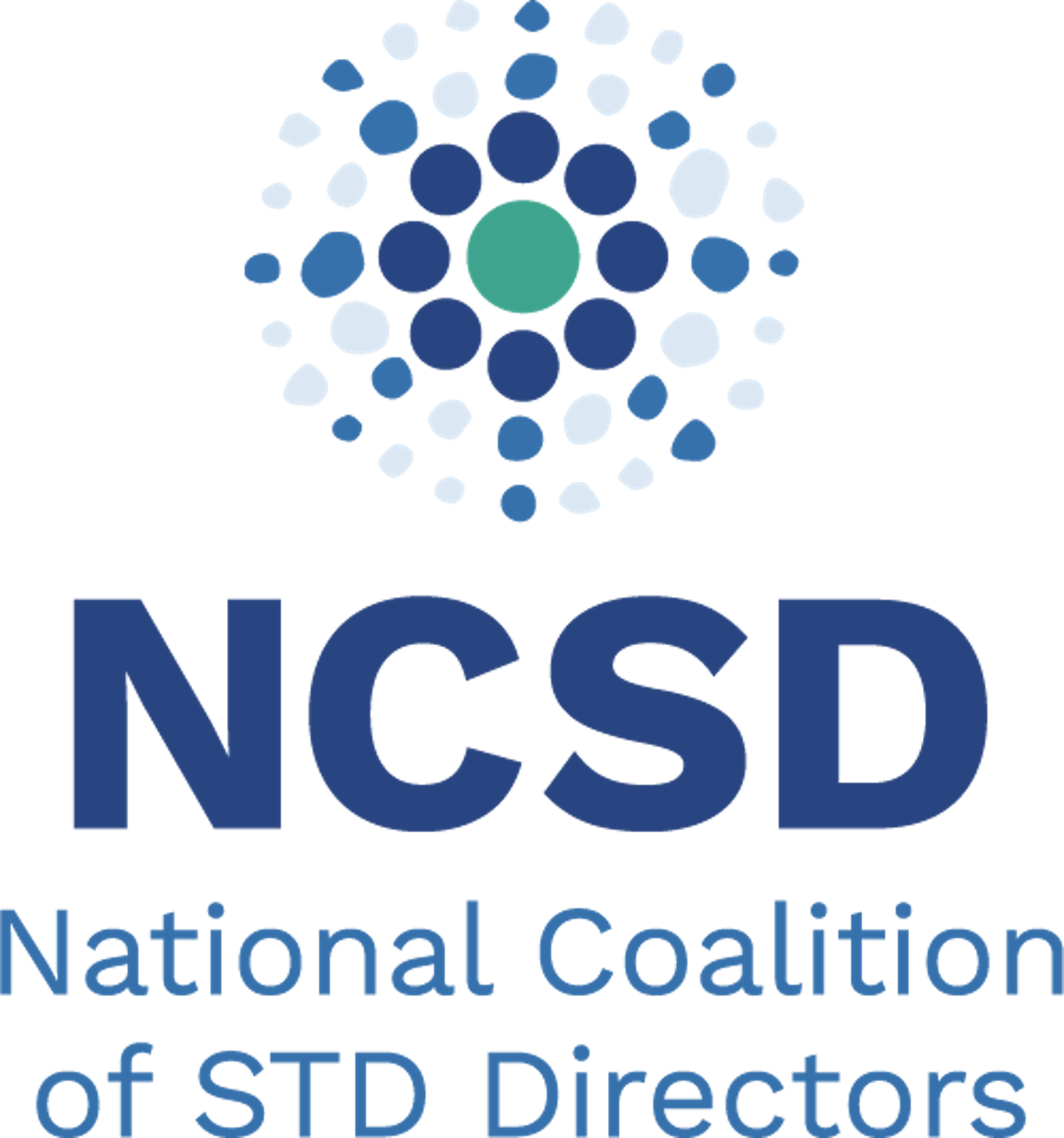
National Coalition of STD Directors: Assessment of the Impact of STDs on the United States
The National Coalition of STD Directors (NCSD) asked the National Academy of Public Administration (the Academy) to investigate and describe the scope and impact in the United States of three major, reportable STDs—specifically, chlamydia, gonorrhea and syphilis—and assess the effectiveness of current prevention and control programs.In response to the NCSD request, the Academy formed an expert panel and a professional study team to collect and review available information concerning STD trends and efforts to prevent and control the three STDs noted above. The study focused principally on federally funded intervention programs and current funding. A review of state and local programs, as well as clinical/epidemiological issues, was beyond the scope of this study. By providing a consolidated overview of the current state, this Academy study is intended to help NCSD and the other stakeholders in the STD community inform a national action strategy for reducing STD transmission rates and improving public health.
Click the button below to view the Final Report.
Final ReportKey Findings
The study found that many of the observations of the Institute of Medicine's 1997 report, "The Hidden Epidemic", remained applicable in 2018. Social determinants of health and intersecting epidemics (or, "syndemics") continue to fuel ongoing outbreaks, and are complicated by emerging trends. A continued stigma surrounding STDs and sexual health in general has an adverse impact on patient access to care and preventive services.
The fractured state of the American healthcare system poses a significant obstacle to addressing the epidemic at large, resulting in vast variations across the nation in how STD prevention and treatment services are provided and funded. Constrained federal funding has affected research, evaluation, and support to state and local public health entities addressing the outbreaks on the ground level, compounded further by cuts at those levels. The conflict surrounding the Patient Protection and Affordable Care Act, and its accompanying Medicaid expansion, has disrupted reforms to service provision that were planned around original designs for the legislation, leaving gaps in prevention and control efforts.
Actions for Consideration
The report identifies six actions to turn the tide of STD prevalence in the United States:
- Designate a national STD champion to coordinate federal, state, and local efforts and to lead the development and implementation of a national STD strategy. This champion should be empowered with the appropriate authority to align efforts, advocate for funding, and promote research and innovation across sectors. Input from myriad entities will need to be included in developing and implementing a national STD prevention and control strategy, and committed national leadership will be essential to the effort.
- Change the STD narrative. Sexual health is an important dimension of overall health and wellness. STDs cause serious harm to health and are costly to both individuals and society-at-large. Currently, STD-related social stigma prevents some individuals from seeking treatment, some medical professionals from screening for STDs, and some government entities from offering services at needed levels to combat STD infections. As with mental health and drug use conditions, STDs are a health and wellness problem that must be destigmatized to effectively address.
- Unifying the field is a necessary step. Chlamydia, gonorrhea and syphilis are but three of many sexually transmitted diseases. Both Human Immunodeficiency Virus (HIV) and Human Papilloma Virus (HPV) have received far more attention and funding, with commendable positive results. All STDs share common modes of transmission, and co-morbidity is unavoidable. Unifying the effort to focus across STDs rather than on certain specific infections can enhance the effectiveness of STD prevention and control efforts.
- Better data and more evaluation to learn about what works—and what does not work—and to foster implementation of best practices are essential. Inconsistent state reporting requirements and an array of technology challenges makes data collection complicated. Actions to align data with information needs are critical. Additionally, evaluations should be strategic and test interventions systematically, with an eye towards implementation of best practices on a broader scale.
- Education and awareness are needed. The public has limited information about the potential dangerous long-term consequences of untreated STDs. Tailored awareness campaigns, focused on groups at higher risk—e.g., adolescents, young adults, men who have sex with men (MSM)—would likely result in more screening, testing, and treatment. Again, the focus should be on sexual health as an important aspect of general health and wellness. Further, medical professionals must be encouraged to screen for STDs as a routine practice.
- Expanded funding and resources are necessary given the scale of the STD epidemic. With caseloads numbering in the millions and systemic healthcare issues creating obstacles to care and prevention, a resource investment is necessary to bolster nationwide incidence reduction efforts.